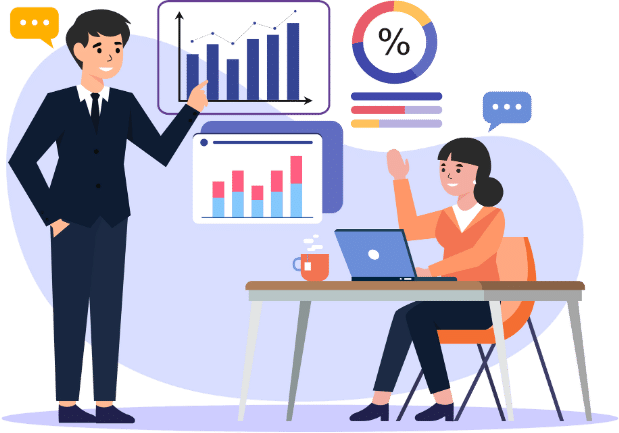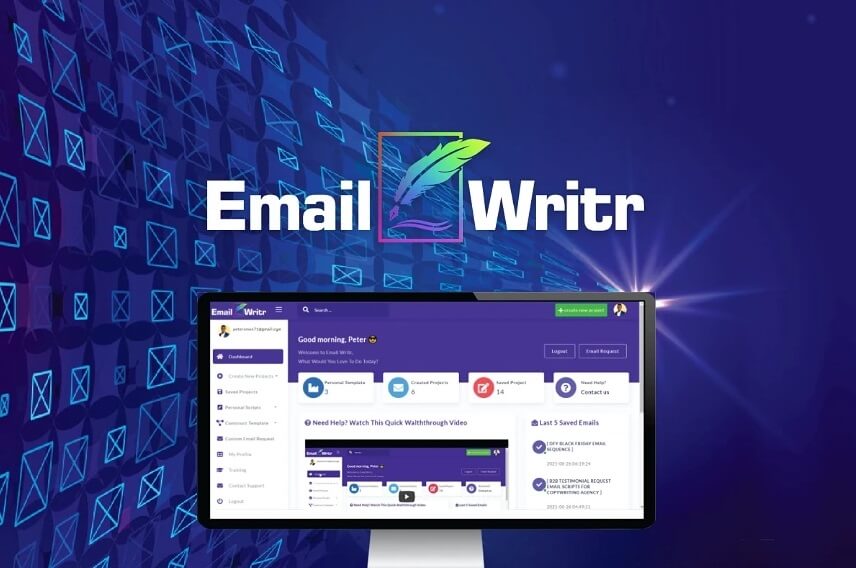
What Is an Email Sequence: Writing, Tips, and Best Practices
In the digital age, email marketing remains a powerful way for businesses and individuals to connect with their audience effectively. Among the various strategies within email marketing, the email sequence stands out as a valuable method to engage, nurture, and convert leads into loyal customers. In this comprehensive guide, we’ll delve into the world of email sequences, exploring what they are, how to write them, and the best practices to ensure your email sequences are successful.
What Is an Email Sequence?
Email sequences, also known as drip campaigns or autoresponders, are a series of pre-scheduled emails sent to subscribers or leads over a period of time. These emails are designed to nurture relationships, provide valuable information, and guide recipients towards a specific action, such as making a purchase, downloading an eBook, or signing up for a webinar.
The Anatomy of an Email Sequence
Crafting the Initial Email
The first email in your sequence is crucial. It should grab the recipient’s attention, introduce your brand or message, and set the tone for future interactions. Keep it concise, engaging, and clear in its purpose.
Follow-up Emails: The Art of Persuasion
Subsequent emails should build upon the initial contact. Offer more value, address pain points, and gently nudge the recipient towards your desired outcome. Craft persuasive copy that emphasizes the benefits of taking action.
The Importance of Segmentation
Segmentation involves categorizing your email list based on specific criteria like demographics or behavior. Tailor your email sequences to different segments, ensuring your messages are highly relevant to each group.
Writing Create High Converting Email Sequence
Start with a Compelling Subject Line
The subject line is the first thing recipients see. Make it intriguing, relevant, and personalized to increase open rates. A well-crafted subject line can significantly impact the success of your email sequence.
Personalization Matters
Personalize your emails with the recipient’s name and relevant details. Personalization fosters a sense of connection and shows that you’ve taken the time to understand their needs.
Crafting Engaging Email Content
Engage your audience with concise, informative, and visually appealing content. Use a conversational tone, storytelling, and compelling visuals to keep readers interested.
Tips for Successful Email Sequences
Timing is Everything
Consider the timing of your emails. Send them when your audience is most likely to engage, avoiding peak unsubscribe times. Test different send times to find what works best for your audience.
A/B Testing for Optimization
A/B testing entails sending two different versions of an email to a small subset of your recipients to ascertain which one achieves superior results. Use A/B testing to refine your email content, subject lines, and calls to action.
Monitor and Analyze Results

Regularly monitor the performance of your email sequences. Analyze open rates, click-through rates, and conversion rates. Use this data to make informed adjustments to improve your sequences.
Best Practices for Email Sequences
Maintain Consistency
Stick to a consistent schedule when sending emails. Whether it’s daily, weekly, or bi-weekly, consistency helps build trust and expectation among your subscribers.
Respect Subscribers’ Preferences
Allow subscribers to manage their preferences. Give them control over the frequency and type of emails they receive. This reduces the risk of unsubscribes and spam complaints.
Stay Compliant with Regulations
Adhere to email marketing regulations, such as the CAN-SPAM Act and GDPR. Include a clear unsubscribe option and provide contact information in your emails.
Recommended: High Converting Email Writing Tool
EmailWritr
Are you tired of struggling with email copywriting and wish you could effortlessly craft compelling messages? EmailWritr is here to supercharge your email marketing game. This revolutionary tool enables you to generate unlimited single emails and follow-up sequences across various industries, all without the need for copywriting expertise or a dedicated team of email experts. It’s your shortcut to boosting profits through email marketing.

With EmailWritr, you gain access to a vast library of over 1,600 fill-in-the-blank email templates, fully customizable for your marketing campaigns. It’s super easy to start, Just select your industry, choose the email type, answer a few questions about your products and audience, and voila!
You can generate a single email or a sequence of five-to-nine emails with a single click. No more staring at a blank screen or struggling to find the right words.
EmailWritr is currently running a special lifetime deal campaign, so you can grab your copy before the deal ends. Don’t miss out on this opportunity to supercharge your email marketing at an unbeatable price.
Key Features of EmailWritr
- AI based Copywriter
- Automatic follow up email
- sequence emails
- DFY sequences
- 1600+ pre-made templates
- Create emails across 31+ industries and niches
- Reusable templates
- Unlimited saved projects
- Edit saved projects
- Translator—100+ languages
- Export email sequences
- No EmailWritr branding in emails
Pros:
- Effortless Email Creation: Say goodbye to writer’s block and hello to professionally crafted emails in minutes.
- Versatile Templates: Choose from a wide range of templates for various industries and niches.
- Time-Saving: Generate emails quickly and efficiently, so you can focus on other aspects of your business.
Cons:
- AI Limitations: While powerful, the AI may not capture your brand’s unique tone perfectly with proper prompt.
- Limited Customization: Some users may find the templates less flexible for highly specific requirements.
Pricing:
- Premium: $ 29 /Month
- Expert: $ 39 /Month
- Enterprise: $ 59 /Month
FAQs about Email Sequence
What is the ideal length for an email sequence?
The ideal length of an email sequence can vary, but it often ranges from 3 to 7 emails. However, it depends on your specific goals and audience.
How can I improve open rates in my email sequences?
To improve open rates, focus on crafting compelling subject lines, personalizing your emails, and sending them at optimal times.
What’s the difference between an email sequence and a one-time email campaign?
An email sequence consists of a series of emails sent over time, often with the goal of nurturing leads. A one-time email campaign is a single email sent for a specific purpose, such as promoting a product or event.
Should I automate my email sequences?
Yes, automating email sequences allows you to deliver timely and relevant content to your audience without manual effort, increasing efficiency.
How can I measure the success of my email sequences?
Gauge your achievements by analyzing metrics such as open rates, click-through rates, and conversion rates. Analyze these data points to make improvements to your sequences over time.
Conclusion
We are almost at the end of the discussion. Now we understand the email sequences are a powerful way in the world of email marketing. Crafting effective sequences requires a blend of creativity, strategy, and data analysis. By understanding the anatomy of email sequences, writing compelling content, and following best practices, you can create email sequences that engage, convert, and nurture your audience effectively.
In conclusion, email sequences are a valuable asset in your digital marketing toolkit. By crafting engaging content, adhering to best practices, and respecting your subscribers’ preferences, you can create email sequences that drive results and foster strong connections with your audience. So, start building your email sequences today and watch your email marketing efforts soar.
